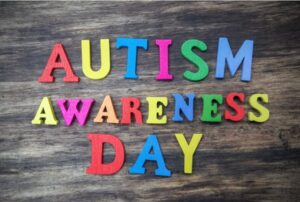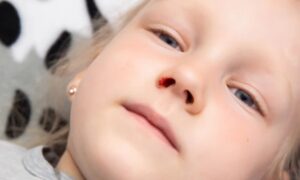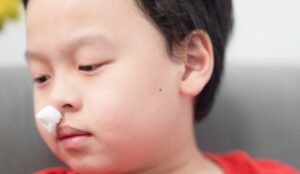Pneumonia is a common and serious respiratory illness, especially among children. It can be caused by various factors, including bacteria, viruses, fungi, or inhaled foreign objects. Understanding the symptoms, causes, and effective treatment methods for childhood pneumonia can help parents better protect their children's health.
1. What is Pneumonia?
Pneumonia is an inflammation of the lungs, usually caused by an infection. The infection fills the air sacs (alveoli) in the lungs with fluid or pus, affecting the normal exchange of oxygen. Pneumonia can affect one or both lungs and can range from mild to life-threatening.
2. Common Symptoms of Childhood Pneumonia
- Coughing
A persistent cough is a common symptom of pneumonia, which may be accompanied by phlegm or a dry cough. Coughing can worsen, especially at night. - Fever
Children may have a fever, with a temperature usually above 38°C (100.4°F). Fever often comes with chills and general discomfort. - Shortness of Breath
Pneumonia can lead to difficulty breathing. Children might show signs of rapid breathing, wheezing, or an increased breathing rate.
- Chest Pain
In some cases, children may experience chest pain, particularly when taking deep breaths or coughing. - Fatigue and Loss of Appetite
Infection can make children feel tired and weak, and they may also lose their appetite.
3. Common Causes of Childhood Pneumonia
- Bacterial Infections
Common bacteria that cause pneumonia include Streptococcus pneumoniae, Staphylococcus aureus, and Haemophilus influenzae. Bacterial pneumonia is more common in winter and early spring.
- Viral Infections
Viral pneumonia is caused by various viruses, including the influenza virus, respiratory syncytial virus (RSV), and the novel coronavirus (COVID-19). Viral pneumonia often accompanies other respiratory infection symptoms. - Fungal Infection
Though less common, fungal infections like Aspergillus can also cause pneumonia, especially in children with weakened immune systems.
- Inhaled Foreign Objects
Young children are particularly prone to inhaling foreign objects, such as food particles or small toys, which can lead to pneumonia.
4. Diagnostic Methods
- Physical Examination
Doctors will perform a thorough physical exam, including listening to the child's lungs with a stethoscope to check for abnormal breath sounds.
- Imaging Tests
Chest X-rays or CT scans can help diagnose the type and severity of pneumonia, showing inflammation and fluid accumulation in the lungs.
- Laboratory Tests
Blood tests and sputum cultures can identify the specific pathogen causing the infection and help doctors choose the right antibiotics or antiviral medications.
- Lung Function Tests
In some cases, lung function tests may assess the function and airflow of the lungs.
5. Treatment Methods
- Antibiotic Treatment
For bacterial pneumonia, doctors usually prescribe antibiotics. The specific antibiotic used depends on the pathogen.
- Antiviral Medication
Viral pneumonia may require antiviral medications, especially for influenza viruses and COVID-19 infections.
- Supportive Care
Ensure adequate rest and fluid intake, and use fever-reducing medications (such as acetaminophen or ibuprofen) to alleviate fever and discomfort. Make sure the child receives enough nutritional support.
- Oxygen and Respiratory Therapy
For severe pneumonia, hospitalization may be necessary, including oxygen therapy and other respiratory support treatments to help the child restore normal breathing.
6. Prevention Measures
- Vaccinations
Vaccination against pneumococcal disease and influenza can significantly reduce the risk of pneumonia. Ensure that children receive these vaccines on schedule. - Good Hygiene Practices
Teach children to wash their hands frequently and avoid close contact with sick individuals to reduce the risk of respiratory infections.
- Balanced Nutrition and Healthy Lifestyle
Maintaining a healthy diet and getting adequate sleep can help strengthen the immune system and lower the risk of infections.
Pneumonia is a serious condition that requires special attention in children. By understanding the symptoms, causes, diagnosis, and treatment of pneumonia, parents can recognize and address pneumonia early to protect their child's health. If you suspect your child has pneumonia, seek medical attention promptly to get a professional diagnosis and treatment. We hope this guide helps parents better understand and manage childhood pneumonia, ensuring their child's health and well-being.








